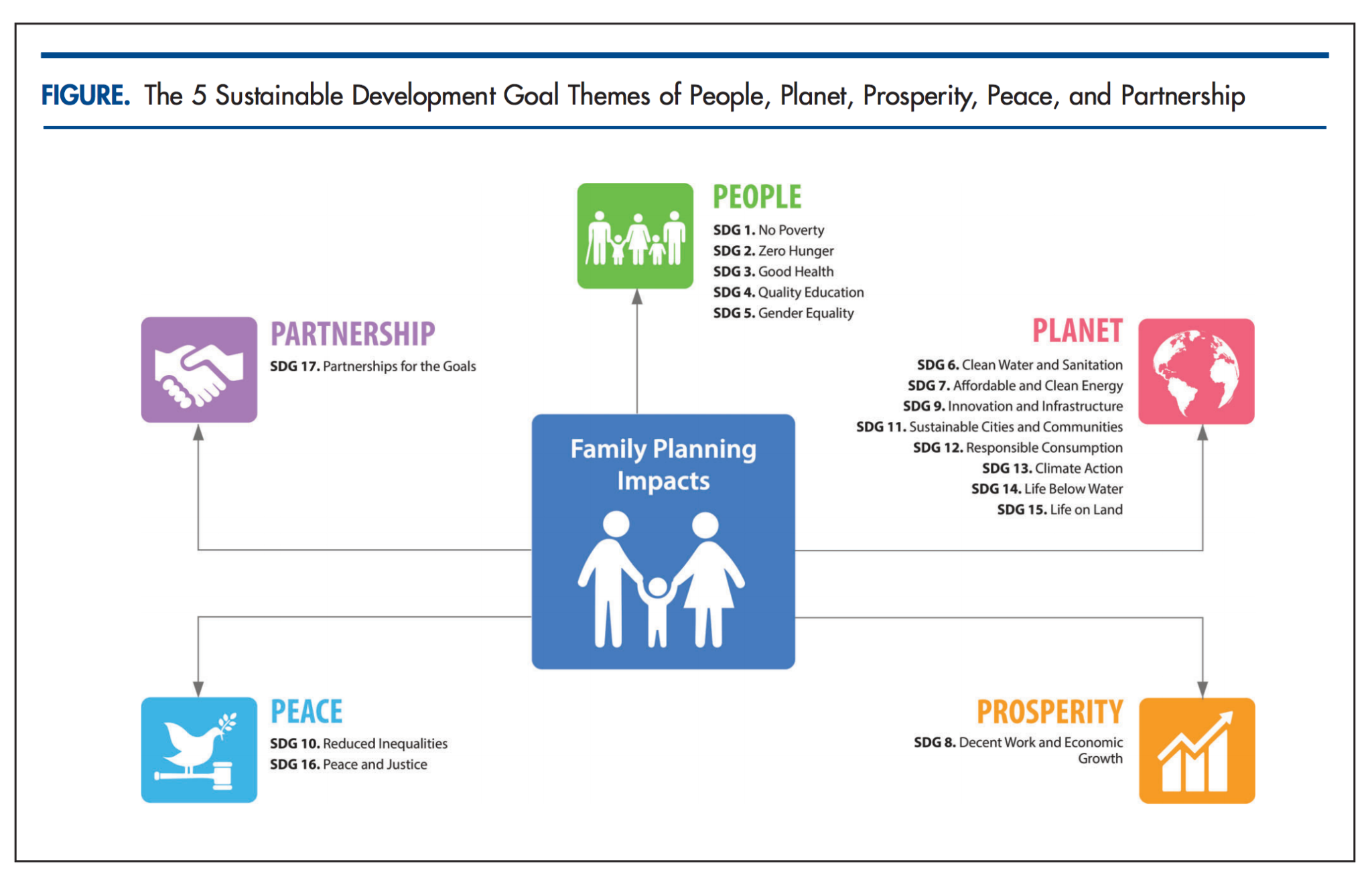From herbal cocktails to creative coitus interruptus techniques to reusable condoms made of sausage casings, humans have pursued family planning for thousands of years. In the early 20th century, the advent of modern contraception brought about a family planning revolution.
In 2017, reproductive health is once again in flux. What was once a revolution has regressed to a state of apprehension. With the Trump administration’s reinstatement of an even more extensive Global Gag rule than those of presidents’ past, public health professionals face a challenge that nonprofits have struggled with for decades. How will we protect people’s health with ever more finite resources?
The Global Gag Rule—Back with a Vengeance
When the Global Gag rule was first instated by the Reagan administration in 1984, it extended the funding restrictions of the 1973 Foreign Assistance Act Helms Amendment, which stated that no foreign funding could be allocated specifically toward the provision of abortion. Under the 1984 rule, U.S. family planning funds were not to be used for any program or non-governmental organization (NGO) that provided abortion services, counseling, referrals, or advocacy.
President Donald Trump has not only reinstated the Global Gag rule; he has extended the restriction on family planning funding to “all global health assistance furnished by all departments or agencies.” This will affect more than just abortion-related programs. Family planning also works to address issues like HIV/AIDS, the Zika virus, and maternal and child health. In total, $9.5 billion worth of foreign aid will be cut. While details of a Trump-style Global Gag Rule remain unclear, the executive order has the potential to devastate the health of men, women, children, and families alike.
…investment in family planning is so crucial because it affects every aspect of global development…
What’s at Stake?
Twists, turns, court cases, and political battles aside, there is a strong body of evidence that too many pregnancies close together can have disastrous health effects for mother and child. The ability to choose how many and when to have children reduces the need for abortion and allows girls to go to school and women to stay at their jobs. Since 1968, various international forums have agreed that access to reproductive health and family planning are basic human rights.
Yet an estimated 225 million women living in developing countries — which is where 99% of all maternal deaths occur — wanted to delay or stop having children altogether but had no means by which to do so. In 2012, 40% of all pregnancies worldwide were unintended .
More is at stake than the health of individuals and families. Executive director Ellen Starbird, senior technical advisor Maureen Norton, and public health advisor Rachel Marcus of the USAID’s Office of Population and Reproductive Health declare that family planning is the key to global development. In their recent commentary to the Global Health: Science and Practice journal, they illustrate the many reasons that investment in family planning is a “best buy” when it comes to reaching the United Nations’ Sustainable Development Goals by 2030.
“Family planning helps women bear children at the healthiest times of their lives — when they are psychologically, physically, emotionally, and economically ready for a pregnancy and thus most likely to survive, stay healthy, and have healthy children,” explain Starbird, Norton, and Marcus.

The authors explain that investment in family planning is so crucial because it affects every aspect of global development . On a grand scale, stabilizing population growth would also stabilize the global economy and reduce the risks of climate change. At a more individual level, family planning reduces pregnancies considered at-risk, lets women replenish essential nutrients between births which contributes to healthier babies, and helps girls and women stay in school or learn a trade to become productive, independent contributors to their economies.
If all women who wanted to avoid pregnancy received adequate contraception and care, the world would see a $120 return for every $1 spent.
Family Planning: A Wise Investment
Compared to Trump’s 2018 America First “skinny” budget which puts fiscal spending somewhere around $3.8 trillion, $9.5 billion dollars could be considered a fairly minimal cutback. But when one considers the huge return on investment of family planning efforts, Trump’s efforts to save money are misguided.
The United Nations’ Global Strategy for Women’s, Children’s, and Adolescents’ Health (2016-2030) demonstrates this return:
If all women who wanted to avoid pregnancy received adequate contraception and care, the world would see a $120 return for every $1 spent. “Compared with the situation in 2014, there would be a reduction in: unintended pregnancies by 70 per cent; abortions by 67 per cent; maternal deaths by 67 per cent; newborn deaths by 77 per cent; and transmission of HIV from mothers to newborns would be nearly eliminated,” according to the UN Global Strategy.
These cost estimates, joined by historical evidence and the voices of the millions of women and families who wish they had more control over their family planning choices, indicate that obstructing access to safe and voluntary family planning methods is counterproductive.
It is clear that modest funding can go a long way. Now more than ever, creative and frugal solutions in family planning and reproductive health can give Trump a run for his money.
Feature image: wales_gibbons, 1920 X 1200 NASA 79, NASA Wallpapers, used under CC BY 2.0
Graphic from “Investing in Family Planning: Key to Achieving the Sustainable Development Goals,” Commentary to Global Health: Science and Practice













